STATES AND UNION TERRITORIES OF INDIA
MAHARASHTRA
Siddhagiri Museum, Kolhapur, Maharashtra
Reproduced with permission - siddhagirimatham.org
This centre is situated about
10 kms away from Kolhapur known as 'Dakshinkaashi' where the famous 'Mahalaxmi
Temple' is located. It is 4 kms away from 'Pune-Banglore' highway.
A unique project, village life replicated
in models has been developed at Shri Kshetra Siddhagiri Math, Kaneri, Tal.
Karveer, Dist. Kolhapur, Maharashtra. The place is near Kolhapur city on
Pune Banglore Highway. Shri Kshetra Siddhagiri Math has a history
of more than 1000 years, and is a holy place of worship of Lord Mahadeva.
The surrounding around the museum is very calm and quiet, a hilly place
with a good collection of flora and fauna.
The project is a dream village of
Mahatma Gandhi, visually and symbolically created through the vision and
efforts of 27th Mathadhipati H.H.Adrushya Kadsiddheshwar Swamiji.
At present his holiness Shri Adhrushya Kadsiddheswar Swamiji as the 49th
Mathadhipathi, is running the Matha very efficiently with his versatile
personality.
The main objective of the Project
is to refresh the history of self sufficient village life before the invasion
of Mughals in Maharashtra. There were 12 BALUTEDARS (12 main profession
based casts i.e. professions performed by generation of family members)
and 18 ALUTEDARS, who provided equipments to all villagers useful in their
day-to-day necessities of domestic as well as agricultural life.
These Balutedars, Alutedars and
others had special characteristics with which they served society. The
description of all 18 Alutedars, 12 balutedars and other people and thir
duties are vividly depicted in the museum.
The first phase of the museum spans
over 7 acres of area with almost 80 main scenes and around 300 statues.
Several subtle village lifestyles are taken into consideration. There is
a unique combination of expression, accuracy and liveliness in the whole
village. Each sculpture has a multi dimensional effect and lifestyle theme.
Swamiji very keenly arranged each and every scene to make a proper visual
story. Barter economy, interpersonal healthy happy relationship among villagers
is reflected. The Museum projects the entire village as a single family,
and as single family members in a joint family.
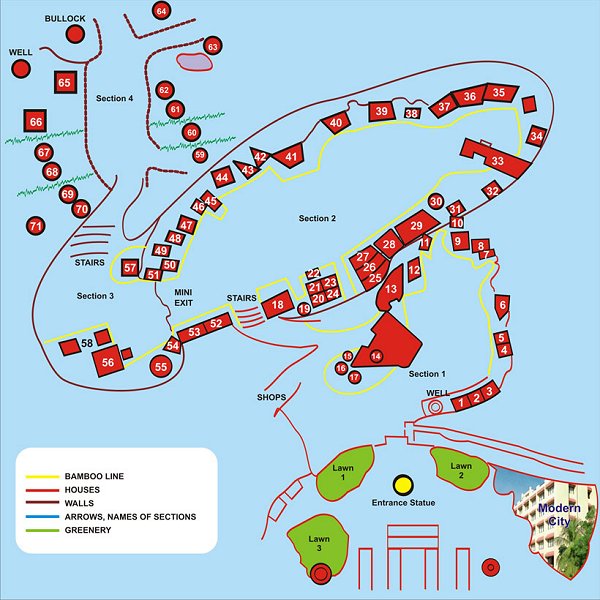
Great ancient Indians
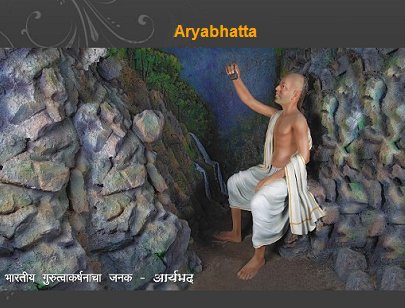
Aryabhata, the great mathematician-astronomer
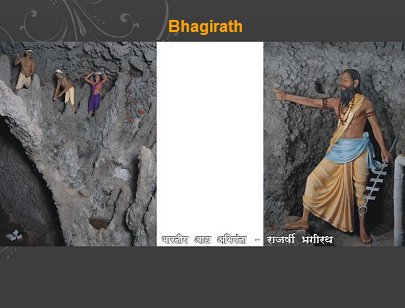
Bhagiratha, the Kosala king who caused the descent of the Ganges to earth
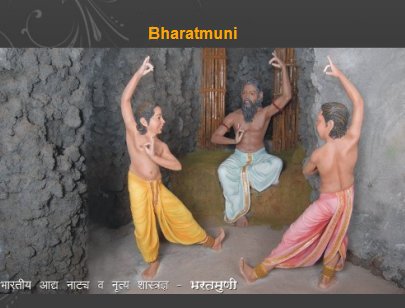
Bharata muni, authored the Natya Shastra, a theoretical treatise on the performing arts
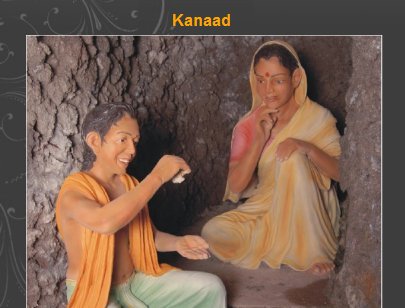
Maharshi Kanaad, who founded that all living beings are composed of five elements
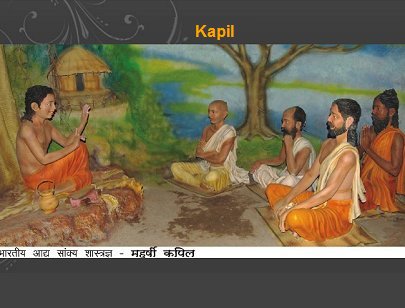
Maharshi Kapil, author of the Sankhya system of Indian philosophy
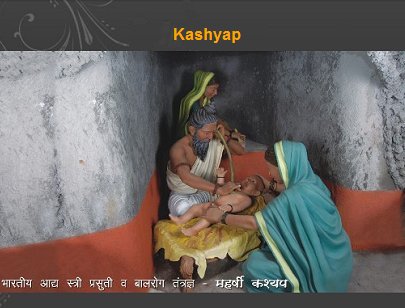
Kashyap, the author of the treatise Kashyap Samhita, a classical reference book on Ayurveda
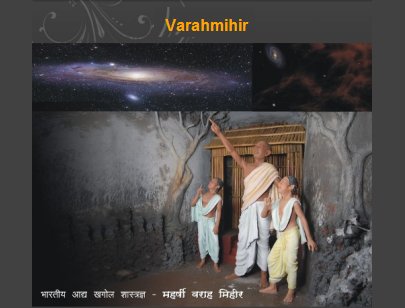
Varahamihir was an Indian astronomer, mathematician and astrologer born in Ujjain
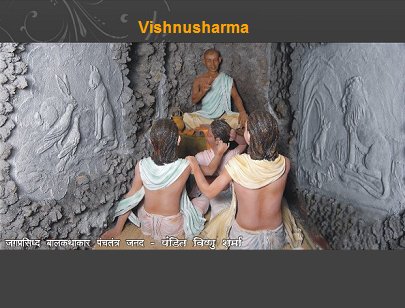
Vishnu Sarma was the author of the Panchatantra, the oldest collection of India fables
Village models
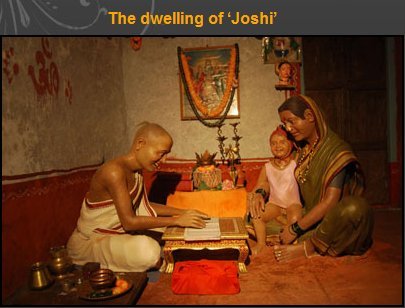
The priest performs all rites and rituals from cradle to grave
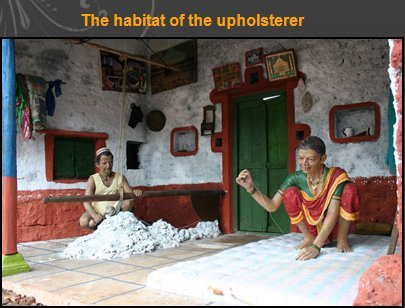
The upholster makes mattresses and cushions
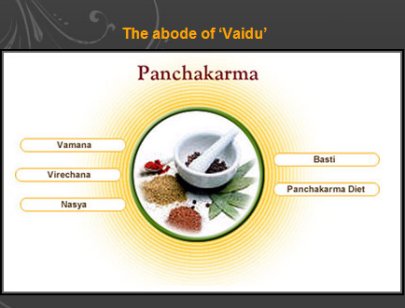
Village medicine man dispenses herbal medicines and recommends Panchakarma
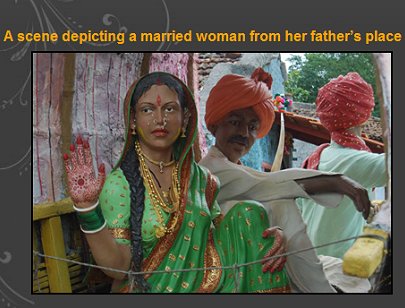
The bride waving goodbye to her kith and kin
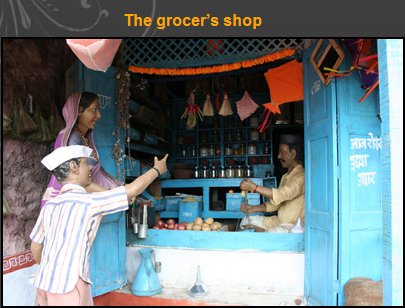
A grocer weighing some articles for a woman and child
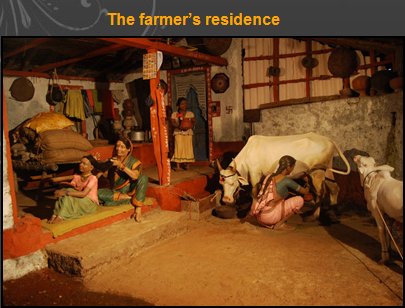
A woman milking the cow - she sells milk, curd and ghee
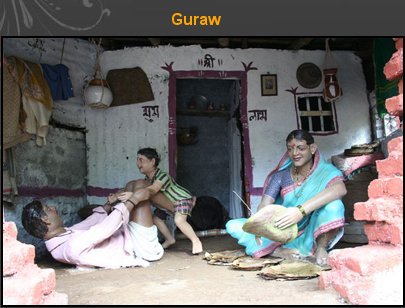
Preparing small bowls with banyan, peepal and palas leaves
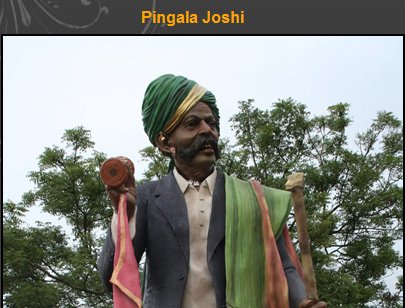
Looking at the faces of the people he makes predictions

Earthen pots and utensils are made using the potter's wheel
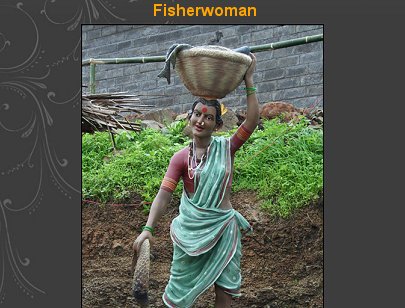
Fisherwoman is returning home with a loaded basket of fish on her head

The cobbler's wife is cutting leather while the cobbler is making footwear
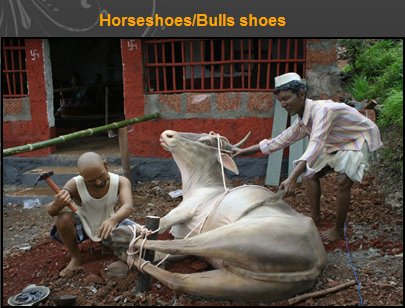
Fixing shoes to the cow's hooves to protect it from wear and tear and injuries
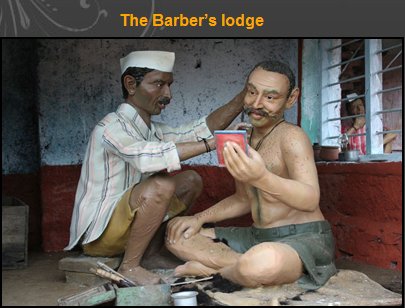
The barber does hair dressing and shaving
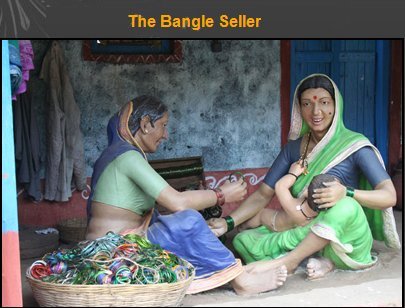
A female bangle seller
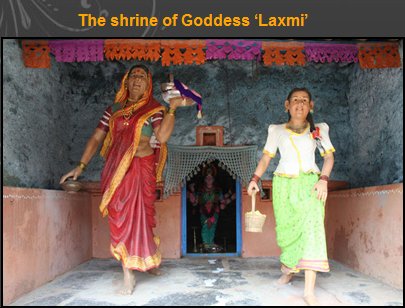
A woman and girl returning after worship
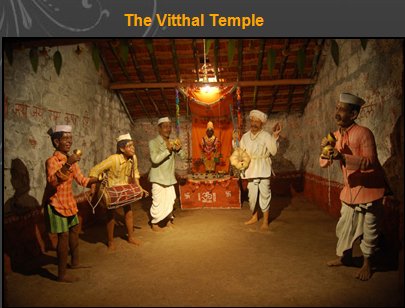
Devotees playing instruments, chanting in the hall of the temple
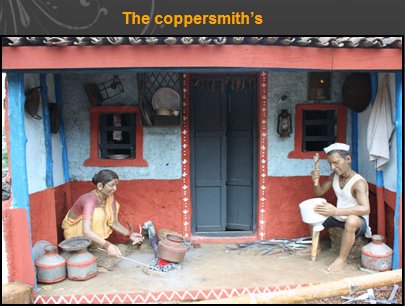
The coppersmith prepares household utensils. He also undertakes mending and repairing
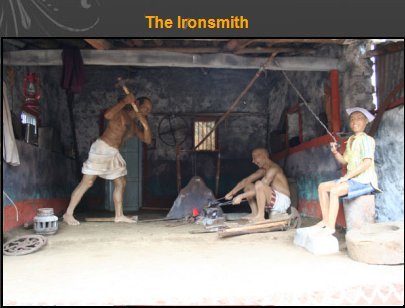
Hammering hot iron ingots
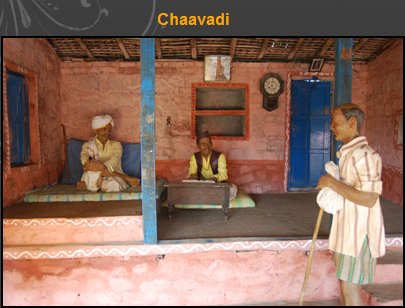
A place specially meant for meeting and exchanging ideas by villagers and for discharging official work
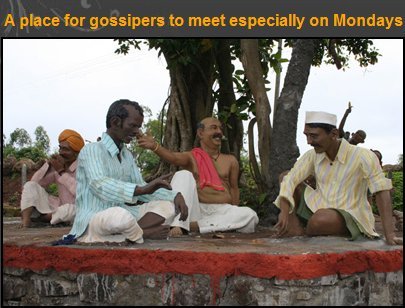
Men meet on a platform built around a tree in their free time
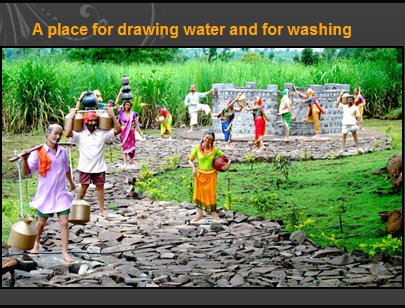
Water for drinking and washing is drawn from the well
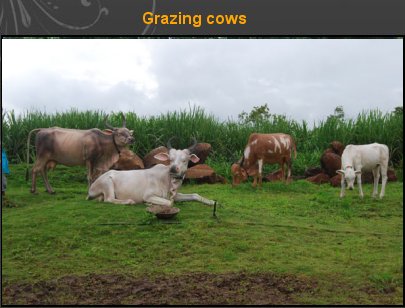
Grazing cows
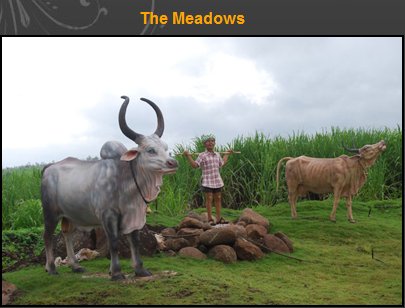
A boy keeps watch over the cattle grazing at ease in the meadows
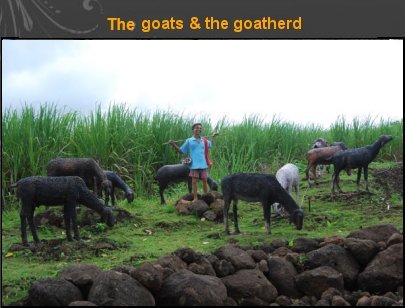
Goats feeding on green grass
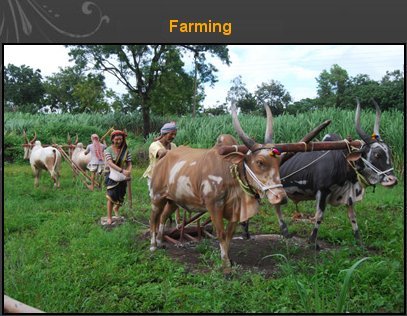
After the sowing of baajraMoong, safflower, tur, chawali, etc. are also sown in between the lines
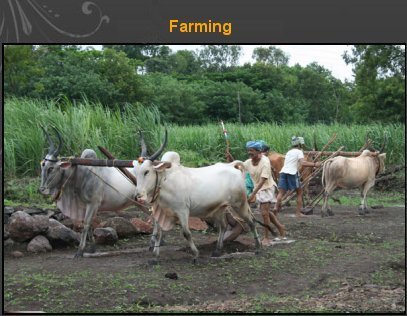
Ploughing the field
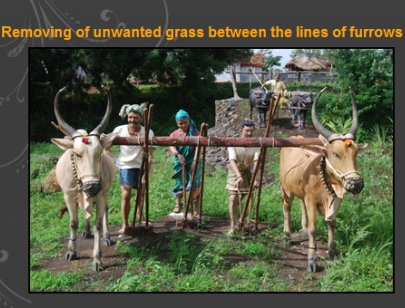
A device is used for plucking or uprooting such grass
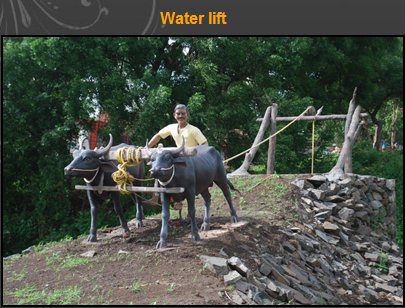
Buffaloes are deployed for driving the water lift
Railway system is a facility for communication. There is an airport located nearby ‘Ujalaiwadi’ - 9 km away from Kolhapur.
Once you reach at Kolhapur stand or railway station, there are 2 ways by
which you can travel to Siddhagiri Museum situated at Kaneri Math.
1. By Kolhpur Municipal Transport(KMT): You will have to catch a KMT bus
for Kagal,Kaneri from Kolhpur bus stand( near Kolhapur railway
station). If it is 'Kaneri' Bus then it will directly reach you to
Siddhagiri Museum which is situated at Kaneri Math. If you catch 'Kagal'
bus then get down at Kaneri MIDC and catch an auto from there for
Kaneri Math.
2. By State Transport buses: Catch a bus for 'Kaneri MIDC'. There are
many buses which will go to Kaneri MIDC. Some of the buses are for
'Chandrapur' , 'Chandgad', 'Kagal' which halt at Kaneri MIDC.
3. By your own vehical: This location is on the Pune Banglore highway at Gokul Shiragaon MIDC or Kaneri MIDC.
Contact:
Sanket Sagvekar - 09970181161
0231-2672380
e-mail: adrishya.kad@gmail.com
contact@siddhagiri.in
trust@siddhagiri.in
|